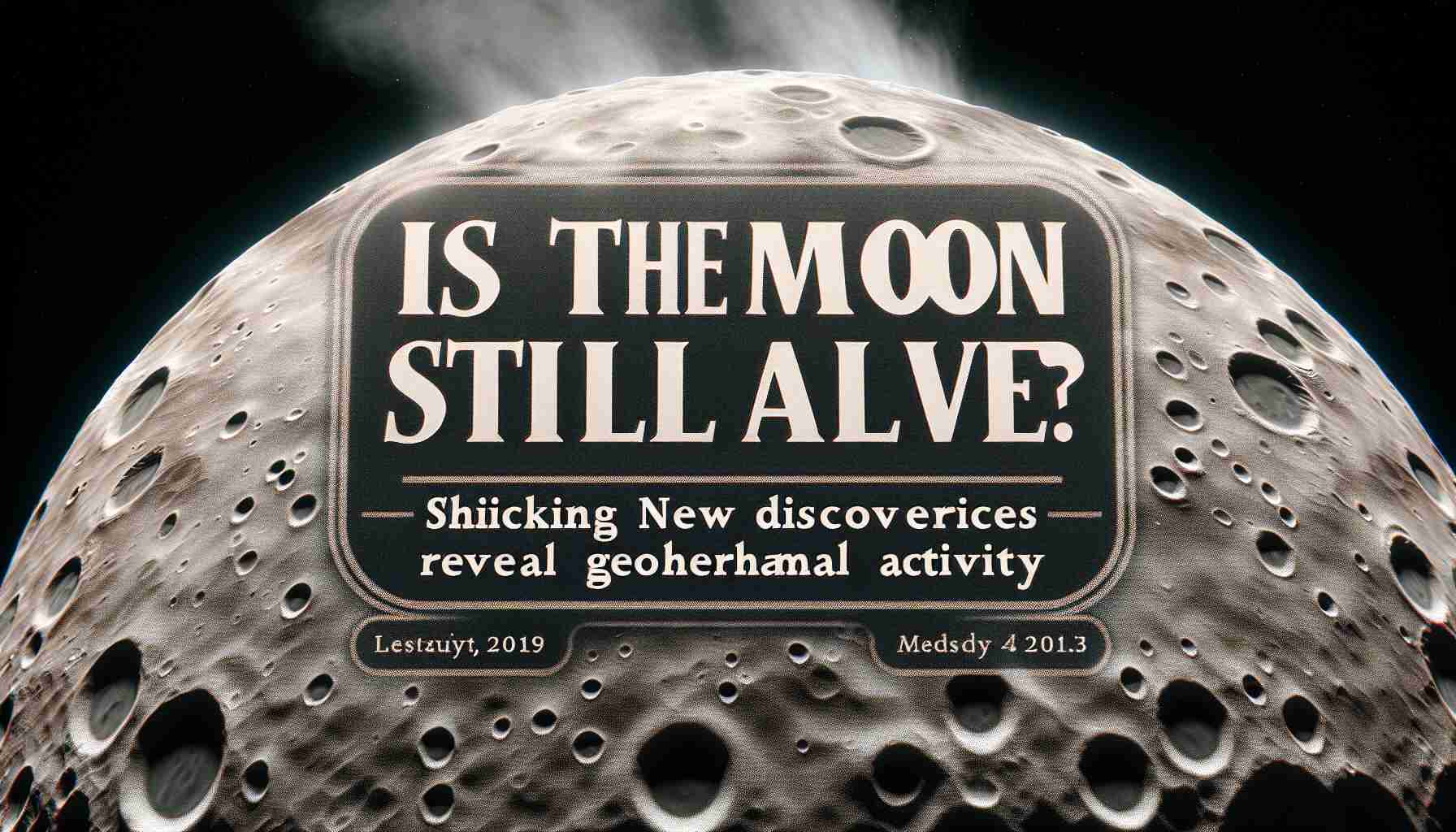- Recent discoveries reveal 266 wrinkle ridges on the moon’s far side, indicating it may still be geologically active.
- The far side has significantly less volcanic activity than the near side, raising questions about its formation.
- These younger features (dating from 84 to 160 million years) suggest a dynamic lunar interior.
- The potential for moonquakes poses risks for future missions to the moon.
- Findings by missions such as China’s Chang’e 5 support the notion of a cooling, yet active moon.
The moon, our silent companion, might still be buzzing with geological activity! Recent revelations from planetary scientists excitedly point out 266 newly identified wrinkle ridges on the moon’s far side, showcasing the celestial body’s slow contraction over the past 160 million years. These ridges, found in the moon’s volcanic plains, hint at the possibility of a dynamic lunar interior, keeping researchers on their toes regarding future lunar missions.
Unlike the familiar “Man in the Moon” that overlooks us, the far side is a desolate landscape, with vast lava plains covering only 1% of its surface, compared to 31% on the near side. The mystery behind this anomaly lies in a colossal impact from a dwarf planet, believed to have ejected materials that hindered volcanic activity on the far side. Yet, despite these challenges, the far side’s wrinkle ridges, while smaller, are significantly younger than expected, dating between 84 to 160 million years.
The implications are profound; the moon may still be contracting and potentially undergoing minor volcanic activities. This could lead to moonquakes, posing a significant hazard for future astronauts planning to explore its rugged terrains. With evidence from missions like China’s Chang’e 5 underscoring these findings, it’s clear that as the moon continues to cool, it holds secrets that could reshape our understanding of Earth’s closest neighbor.
Key Takeaway: The moon may not be the dead rock we thought it was; ongoing geological activities could impact future lunar explorations!
Unraveling the Moon’s Secrets: Is It Still Alive?
The moon has long been perceived as a dormant celestial body, but recent studies suggest otherwise. The discovery of 266 newly identified wrinkle ridges on the far side of the moon indicates ongoing geological processes stretching back over 160 million years. This revelation introduces a fresh perspective on the moon’s geology and could have significant implications for future lunar exploration.
New Insights into Lunar Geological Activity
1. Geological Features: The wrinkle ridges located on the moon’s far side point to a dynamic geological history. Unlike the near side of the moon, known for its maria (dark basaltic plains), the far side has varying geological features that hint at internal activity.
2. Future Missions: These findings could reshape NASA’s and other space agencies’ mission planning. Understanding that the moon may still host geological activity, including the potential for moonquakes due to its ongoing contraction, prompts a reevaluation of astronaut safety and equipment resilience on lunar missions.
3. Thermal Evolution: As the moon gradually cools, the geological changes might indicate a still-active thermal history. This activity could suggest that the moon’s interior is not entirely solidified, opening up avenues for further research into its formation and evolution.
Key Questions Answered
1. What are wrinkle ridges, and why are they significant?
Wrinkle ridges are geological features formed by the slow contraction of the surface. The discovery of new wrinkle ridges on the moon’s far side is significant as it suggests that the lunar surface is still undergoing changes, contradicting the belief that the moon is entirely geologically inactive.
2. How might this new understanding of the moon affect future exploration missions?
The potential for ongoing geological activity, such as moonquakes, raises critical safety concerns for future lunar missions. This necessitates improved engineering of habitats and landers to withstand these geological events, ensuring the safety of astronauts on the moon.
3. What role did historical impacts play in the geological differences between the near and far sides of the moon?
The far side of the moon experienced a colossal impact with a dwarf planet, which is believed to have hindered volcanic activity. This historical impact shaped the evolutionary pathways of the moon’s two hemispheres, contributing to their differing geological features.
Additional Insights
– Sustainability and Safety: Understanding the moon’s geological activity is crucial for sustainable human presence. If future missions rely on building structures, they need to be designed with the moon’s dynamic nature in mind.
– Market Analysis: The increasing interest in lunar exploration is driving investments in technology that can assess and adapt to lunar geological conditions, highlighting a burgeoning space economy focusing on deep space exploration.
Suggested Resources
To further explore the fascinating world of lunar research and its implications for future explorations, visit NASA and JPL (Jet Propulsion Laboratory).
Key Takeaway: The moon is more than a silent companion; its dynamic geological processes have profound implications for our understanding and exploration of this celestial neighbor.













